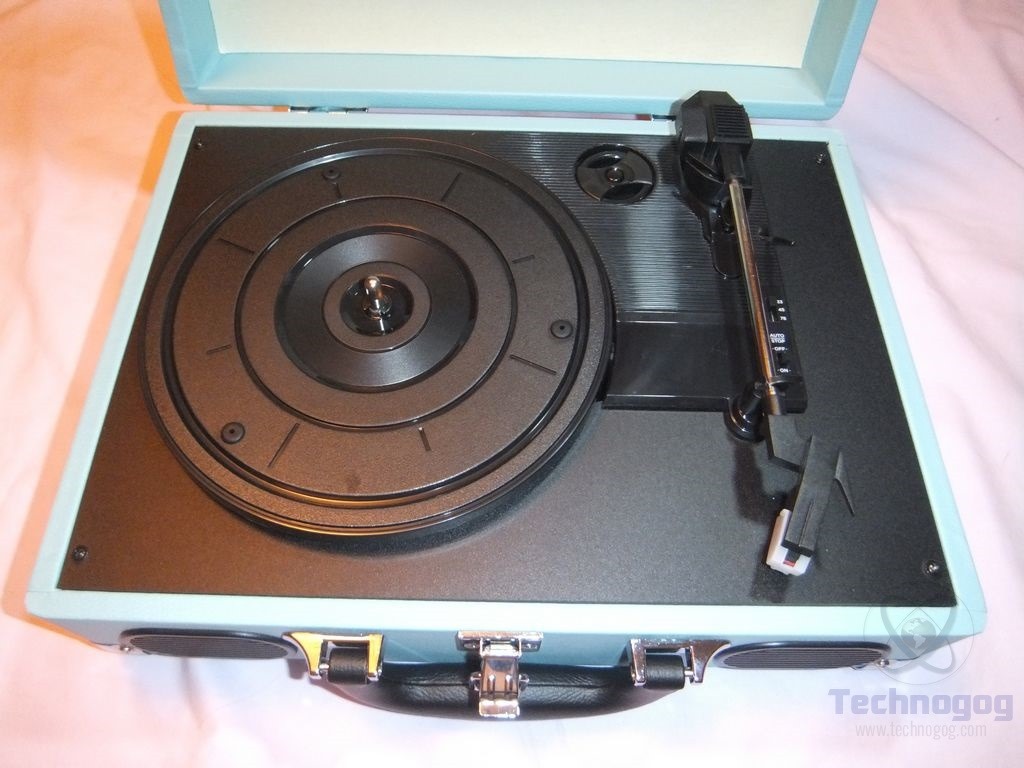

- DOES STYLES MAKE A DIFFERENCE FOR 33 RPM OR 78 RPM RECORDS FOR FREE
- DOES STYLES MAKE A DIFFERENCE FOR 33 RPM OR 78 RPM RECORDS UPGRADE
- DOES STYLES MAKE A DIFFERENCE FOR 33 RPM OR 78 RPM RECORDS FULL
Additional mass helps to deter vibration. It's beneficial for a record player to be heavy.

The quality of a preamp is one of the many factors that drive the price of turntables from $80 to over $1000. All phono preamps are not created equally, and sound quality will improve with a nicer preamp. It's likely that one method may sound better than the other. Also, if you have a turntable with a "line level" output, and you also happen to have a stereo that features a "phono level" input, you should audition it using both the "phono level" input on your stereo with the "phono level" output on your turntable, and then try the "line level" input on your stereo (such as CD, Tape, or AUX) while using the "line level" output on your turntable. While the included needles usually sound pretty decent, a more carefully designed needle cartridge will really open up the beauty of sound and detail that these turntables are capable of (re)producing.
DOES STYLES MAKE A DIFFERENCE FOR 33 RPM OR 78 RPM RECORDS UPGRADE
One surefire way to greatly improve your sound is to upgrade the needle that comes with the turntable. When a turntable features a "line level" output, that means that it has a built-in phono preamp. Modern day stereo equipment will often not feature dedicated "phono inputs," that's why many of today's turntables have "line level" outputs. Think of that tiny sound as "phono level." When that weak signal gets plugged into a dedicated "phono input" on a stereo system, a phono preamp is built into the circuitry of that input that boosts the signal up to "line level." The "line level" signal is then sent to the amplifier of the system, and the amplified signal is sent out to the speakers. If you've ever played a record with the speakers turned off, you may recall that you can still faintly hear the music in the vinyl, just from the needle passing over the grooves in the record. We just established that in the past record players traditionally only outputted a weak "phono level" signal. When you see the stereo receiver icon, it means that the record player only has a "phono level" output, so you will need to use a stereo receiver with a dedicated "phono input," or a phono preamp. In the past, most record players only had weak "phono level" outputs, so most stereo receivers featured a dedicated "phono input" for the record player that would boost the signal up to the louder "line level" internally. The tiny trickle of water represents a weak audio signal. When "phono level" is mentioned, imagine a faucet with just a tiny trickle of water dripping out. The strong blast of water represents a louder audio signal.
DOES STYLES MAKE A DIFFERENCE FOR 33 RPM OR 78 RPM RECORDS FULL
First let's make clear the difference between "line level" and "phono level." When "line level" is mentioned, imagine a faucet with the water running at full blast. The stereo receiver icon requires a bit more of an explanation. The polka guy icon means that the record player can play 78 RPM vinyl. Needles are also referred to as "cartridges". The crossed out record needle icon means that the record player does not come with a needle.
DOES STYLES MAKE A DIFFERENCE FOR 33 RPM OR 78 RPM RECORDS FOR FREE
B&H has created a complete step by step guide to help you with the process of transferring your vinyl records into a computer available for free at this link. This makes it really easy to transfer your vinyl records into a computer. The computer icon means that the record player has a digital output. The disco ball icon means that the turntable features tools for DJ'ing. The following key explains what each icon means: This guide uses a few icons to help simplify the details of each turntable.

The players that don't have needles will have links to the needles you need to purchase in order to operate each player. We've clearly labeled which players don't come with needles and which ones do. Some record players are not sold with needles. This way all of those lost polka classics on 10" 78 RPM discs won't be lost to you. Keep an eye out for players with the ability to play 33, 45, and 78 RPM records. However, investing a little bit more into your player will give you years and years and years of better-sounding music. If you're on a tight budget, obviously you should stick to the beginning of the list. We've arranged the following record players in order of price, starting with the least expensive. Whether you're interested in purchasing your first record player, or if you're ready to upgrade from the one your uncle handed down to you in 1973, this guide is for you. Many people are rediscovering their fondness for the sound and feel of vinyl records, and droves of new people are encountering it for the first time. However, the sustained popularity of record players continues to impress us here at B&H. If we were to claim that listening to music on vinyl records is more popular than ever, it wouldn't be historically accurate.


 0 kommentar(er)
0 kommentar(er)
